- Active ingredient: Finasteride
- Type: 5α-reductase inhibitor
- Form: oral (pills)< /li>
Description
Effects of finasteride on 5α-reductase ferment. This ferment transforms testosterone into a form of dihydrotestosterone (DHT) that is more active on androgens. Finasteride is an inhibitor of 5α-reductase, particularly types II and III, and therefore an antiandrogen. It decreases the production of dihydrotestosterone, including in the prostate gland and scalp. Inhibits the effect of dihydrotestosterone on the development of prostatic adenoma. Finasteride decreases gland enlargement, improves urinary flow, and reduces symptoms associated with benign prostatic hypertrophy. Several months of treatment may be required to reduce the clinical symptoms of the disease.
Mechanism of action
By inhibiting 5-reductase, finasteride prevents the conversion of testosterone to dihydrotestosterone (DHT). Type II and III isoenzymes lead to a decrease in serum DHT levels by approximately 65-70% and in the prostate DHT levels decrease by up to 85-90%, where mainly the type II isoenzyme is present. Unlike triple inhibitors of all three 5a-reductase isoenzymes, such as dutasteride, which can reduce whole-body DHT levels by more than 99%, finasteride does not completely inhibit DHT production because it lacks an effective Significantly inhibitory to the type I 5a-reductase isoenzyme.
By blocking the production of DHT, finasteride reduces androgen activity in the scalp. In the prostate, inhibition of 5a-reductase reduces prostate volume and decreases prostatic hyperplasia, which improves and reduces the risk of prostate cancer.
Inhibition of 5a-reductase also reduces the weight of the epididymis and reduces the motility and normal morphology of spermatozoa in the epididymis. It is currently officially approved for the treatment of benign prostatic hyperplasia (enlarged prostate) and hair loss. Consider in detail the purpose of the drug.
Purposes of use – Prostate enlargement
Doctors use finasteride to treat prostate hypertrophy . Finasteride may improve symptoms associated with reduced and painful urinary flow. It provides better symptomatic treatment than alpha-1 blockers such as tamsulosin, but symptom relief comes more slowly (treatment with finasteride may take six months or more to determine therapeutic outcome). In long-term studies, finasteride, but not alpha-1 inhibitors, reduced the risk of acute urinary retention (-57% at 4 years) and the need for surgery (-54% at 4 years). When you stop taking the drug, changes in the prostate are restored within 6-8 months.
Purposes of use – Hair loss
Finasteride is used to treat hair loss (androgenetic alopecia) in men only. The treatment cannot completely restore hair, but it slows further hair loss and provides about a 30% improvement in hair loss after six months of treatment, but it is only effective as long as the drug is taken. Donald Trump’s personal doctor says Trump is taking finasteride to promote hair growth.
Intended Use – Excessive Hair Growth
nFinasteride has been shown to be effective in treating hirsutism (excessive hair growth on the face or body). In a study of 89 women with hyperandrogenemia due to persistent puberty syndrome, finasteride produced a 93% reduction in facial hirsutism and a 73% reduction in body hirsutism after 2 years of treatment. Other studies using finasteride for hirsutism, including in men, have shown that the drug is effective.
Purposes of use – transgender transition
n
Finasteride is sometimes used in hormone replacement therapy for transgender women in combination with a form of estrogen due to its antiandrogenic properties.
Anti-Doping Status
From 2005 to 2009, the World Anti-Doping Agency banned finasteride because it was discovered that the drug could be used to mask steroid abuse. It was removed from the list in 2009, after improvements in testing methods made the ban unnecessary.
Application in sports
Finasteride it is used to block the 5α-reductase enzyme and avoid the negative effects of its interaction with steroid hormones such as testosterone. For people who use steroids, it will be important to be able to avoid excess androgenic side effects with high doses of testosterone or another drug, especially in case a sufficiently aesthetic appearance is needed, for example in the fashion industry. , actors etc.
Even women who are afraid of virilization, but take testosterone as doping in sports, often resort to finasteride to reduce androgenic side effects, however read the warning below. However, not only testosterone undergoes a transformation when interacting with 5α-reductase.
Therefore, such a little-known drug as finasteride can be of good service to an experienced athlete!
Effects
- Treatment of prostatic adenoma
- Treatment for androgenetic alopecia
- Treatment of excess hair
- Reduce excess DHT
Side effects< /b>
- Decreased libido
- Decreased ejaculate volume
- Gynecomastia.
- Allergic reactions: possible skin rash, angioedema
Warnings
nFinasteride is used with caution in hepatic impairment.
Finasteride is not intended for use in women during or before pregnancy due to the risk of birth defects in the fetus. It is classified by the FDA in pregnancy category It is a major metabolite of nandrolone and is formed through the action of the enzyme 5α-reductase similarly to the formation of dihydrotestosterone (DHT) from testosterone. Unlike the case of testosterone and DHT, 5α-DHN is a much weaker androgen receptor (AR) agonist than nandrolone itself, but blocks the androgen receptor for a longer time, hence the amount of negative side effects on 5α-Dihydronandrolone is high. Combining nandrolone with a 5α-reductase inhibitor such as finasteride will block the conversion of nandrolone to 5α-DHN and, unlike testosterone and various other AAS, will greatly increase nandrolone’s propensity to produce androgenic side effects.
n
Dosage
- 0.1-1 mg per day
nProfile
- Half-life: 6-8 hours
- Frequency of intake: 1 time per day
li>
Contraindications
- Finasteride is contraindicated in subjects with hypersensitivity to any component of the formulation. Finasteride is contraindicated in children.
How to store
- Keep out of reach of children
- Store in a cool, dry place, away from direct sunlight
- Store at room temperature
< li>Do not use after the expiry date

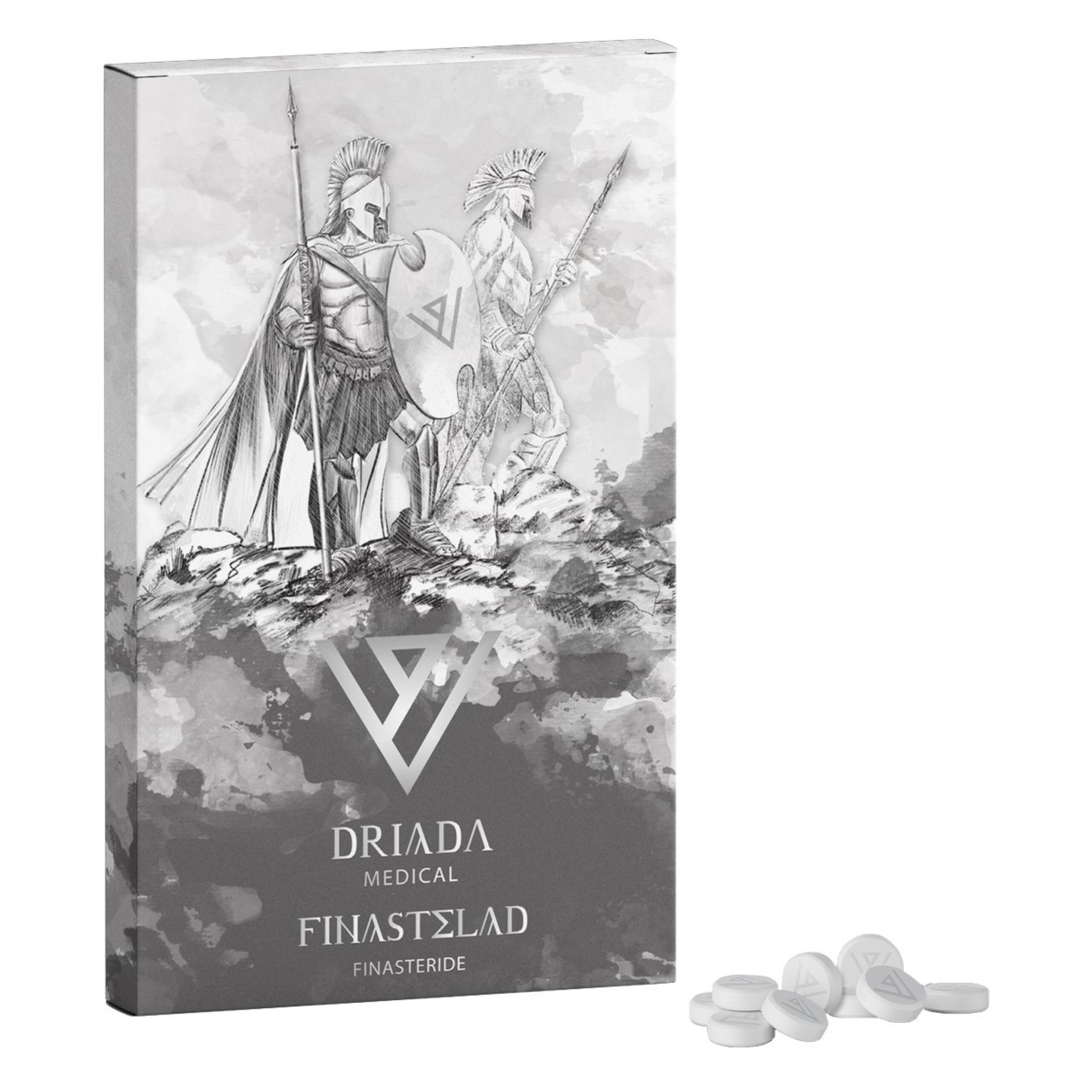
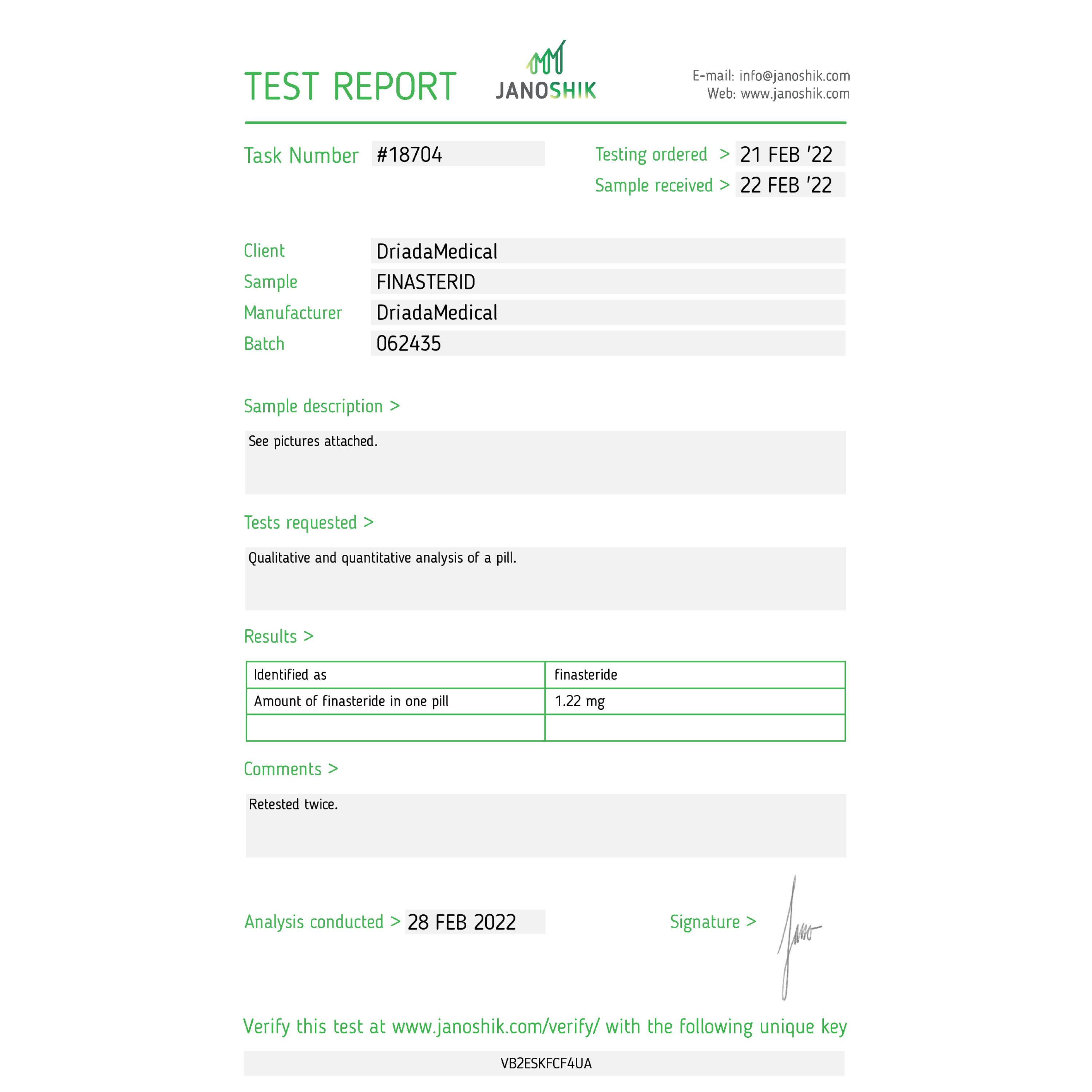
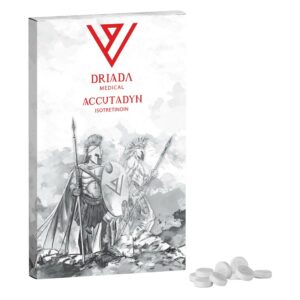
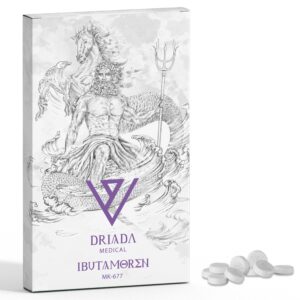
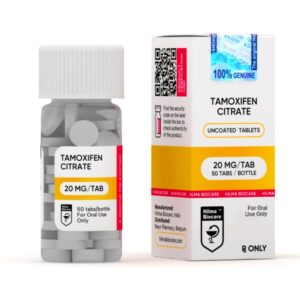
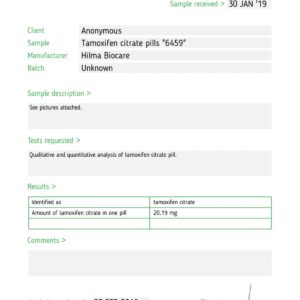
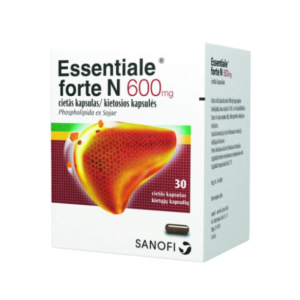

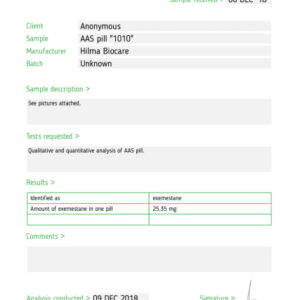
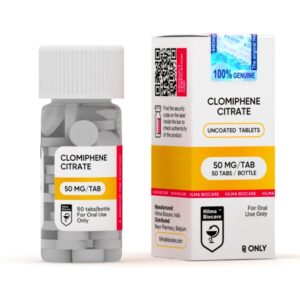

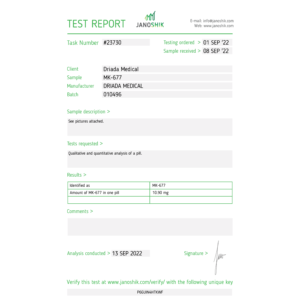

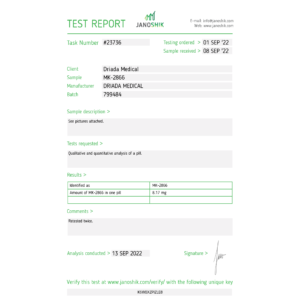
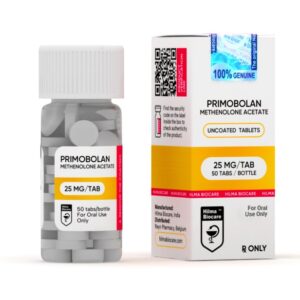
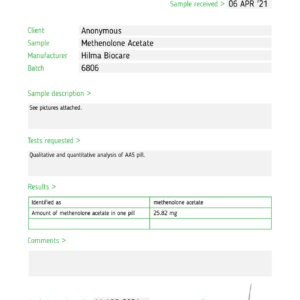
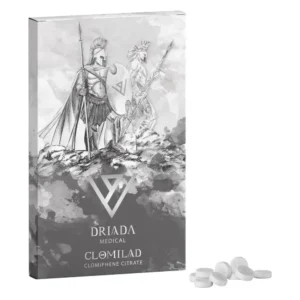

Reviews
There are no reviews yet.